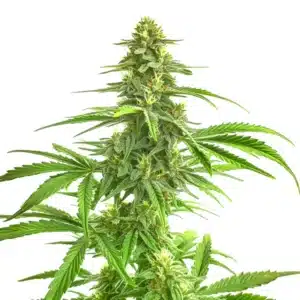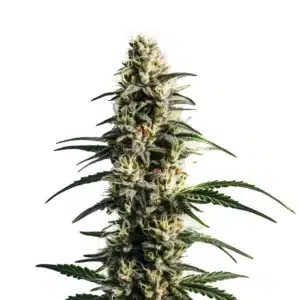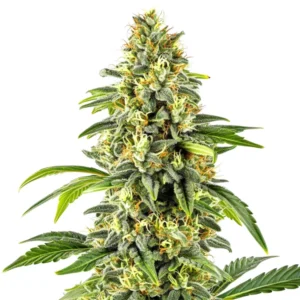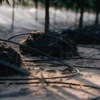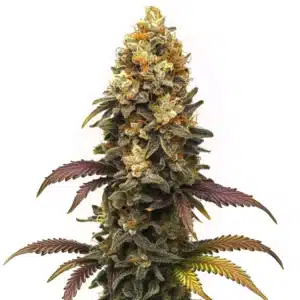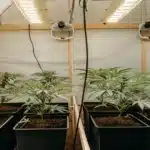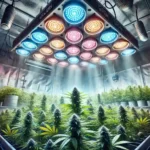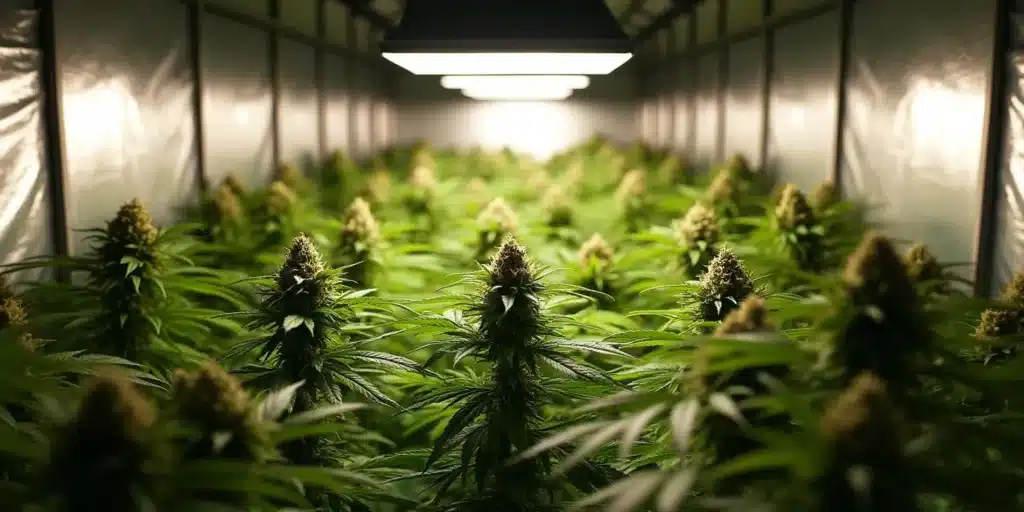
Choosing the Best Reflective Material for Grow Room
Whether you are a first-time cannabis seed buyer or an experienced grower, finding the best reflective material for a grow room can greatly improve your yield. Reflective materials are essential for maximizing light in your grow space, ensuring that your plants get the exposure they need, no matter where they are located in the room.
When it comes to choosing the best reflective material for grow room, it’s important to consider factors such as reflectivity, heat resistance, and durability. With the right reflective material, your grow room will be more efficient, allowing you to get the most out of your lights and your plants.
Recommended Strains
Browsing through the best grow room reflective material reviews can provide a wealth of information and help you make an informed decision. Remember, the goal is to optimize light utilization and maintain a conducive environment for your plants to flourish.
Moreover, the best reflective material for maximizing grow room light can vary depending on your specific needs and the size of your grow room. Some materials may work better in larger spaces, while others are more suited to smaller, more compact grow rooms.
The Importance of Reflective Material in a Grow Room
Reflective materials play a crucial role in indoor gardening. They help to boost light levels by bouncing back the light that would otherwise be lost, ensuring that your plants get ample light from all angles. This is especially important in a grow room where plants can be crowded together, making it difficult for light to reach all areas equally.
Additionally, reflective materials can help distribute heat evenly across the grow room, preventing hot spots that could potentially harm your plants. Utilizing reflective material in your grow room can make a significant difference in your cannabis plants’ health and yield.
Using the best reflective material for grow room also helps to conserve energy. By reflecting and maximizing the use of the light you provide, you don’t need to invest in more lighting fixtures. This could mean significant savings on your electricity bill over time.
It’s also worth noting that the best reflective materials for a grow room can help manage the light spectrum in your garden. Different materials can reflect different light spectrums, which can be beneficial for certain stages of plant growth. For instance, a material that reflects more blue light might be beneficial during the vegetative stage, while one that reflects more red light can be helpful during the flowering stage.
Promos & Deals
What to Look for When Choosing the Best Reflective Material for Grow Room
When choosing the best reflective material for your grow room, there are a few key things to consider. First and foremost, you want a material that has a high reflectivity rating. The higher the reflectivity, the more light will be reflected back onto your plants, maximizing the effectiveness of your light sources.
Secondly, you should consider the material’s heat resistance. Some materials can handle higher temperatures than others, making them a better choice if your grow room tends to get hot. Lastly, consider the material’s durability. You want a material that can withstand the humid conditions of a grow room and last for several growing cycles.
Another important factor to consider when choosing the top rated reflective material for grow room is its ease of installation. A material that is difficult to install may not be worth the extra effort and could even damage the plants if not installed properly. Materials that are easy to install and remove for cleaning are typically the best choices.
Furthermore, while cost is certainly a factor to consider, it shouldn’t be the only one. It’s important to balance the cost with the benefits that the material provides. An affordable yet effective reflective material for grow room setup can save you money in the short term, but a more expensive material that offers better reflectivity and durability could save you money in the long run by increasing your yield and reducing the need for replacement.

Best Reflective Material Options for Your Grow Room
There are numerous high-quality reflective materials for indoor gardening on the market, each with its unique benefits and drawbacks. Here are three of the most popular options:
- Mylar: Mylar is a highly reflective polyester film that’s often considered the best grow room reflective material. It’s durable, easy to install, and has a reflectivity rate of up to 95%. However, it can be pricey and requires careful installation to avoid creases, which can create hot spots.
- Foylon: Foylon is a more durable and heat-resistant version of Mylar. It has a slightly lower reflectivity rate (around 90%), but its superior durability and heat resistance make it a popular choice for larger, hotter grow rooms.
- Black and White Poly (Panda Film): Panda Film is an affordable yet effective reflective material for grow room setups. It has a reflectivity rate of around 85-90%, and its black exterior can help to block out light, making it a good option for grow rooms that need to be light-proof.
It’s important to note that the effectiveness of each of these materials can vary depending on how they are installed. To get the most out of your reflective material, make sure it is installed correctly and replace it as necessary to maintain its effectiveness.
Furthermore, it’s essential to remember that while these are some of the most commonly used materials, they are by no means the only options. Other materials such as Orca Film and Lightite have their unique benefits and may be worth considering based on your specific needs and the size of your grow room.
Matching Reflective Material with the Right Cannabis Strains
Choosing the best reflective material for your grow room can be even more effective when paired with the right cannabis strains. Here are three strains from Blimburn Seeds that are known for their robust growth and high yield when grown under optimal light conditions:
- BC Diesel: BC Diesel from Blimburn Seeds is a high-yielding strain that thrives in well-lit environments. Its strong and robust growth makes it an ideal strain for grow rooms with high-quality reflective materials.
- Grizzly Purple Kush: Grizzly Purple Kush is a potent strain that benefits from plenty of light. Using a reflective material like Mylar or Foylon can help maximize light exposure and boost the yield of this impressive strain.
- Wombat: Wombat is a vigorous strain from Blimburn Seeds that responds well to strong, consistent light. A grow room lined with a high-quality reflective material can help this strain reach its full potential.
Pairing these strains with the right reflective material can help you maximize your yield and produce healthy, potent cannabis plants.
It’s also important to remember that while these strains are known for their high yield and robust growth under optimal light conditions, they still require proper care and attention to thrive. Regular watering, proper nutrient management, and close monitoring for pests and diseases are all crucial to your success.
It’s also important to remember that the best reflective material for grow room can only do so much. Even with the best reflective material, poor cultivation practices can still lead to subpar yields. Therefore, it’s vital to pair your choice of reflective material with good cultivation practices for the best results.
FAQs
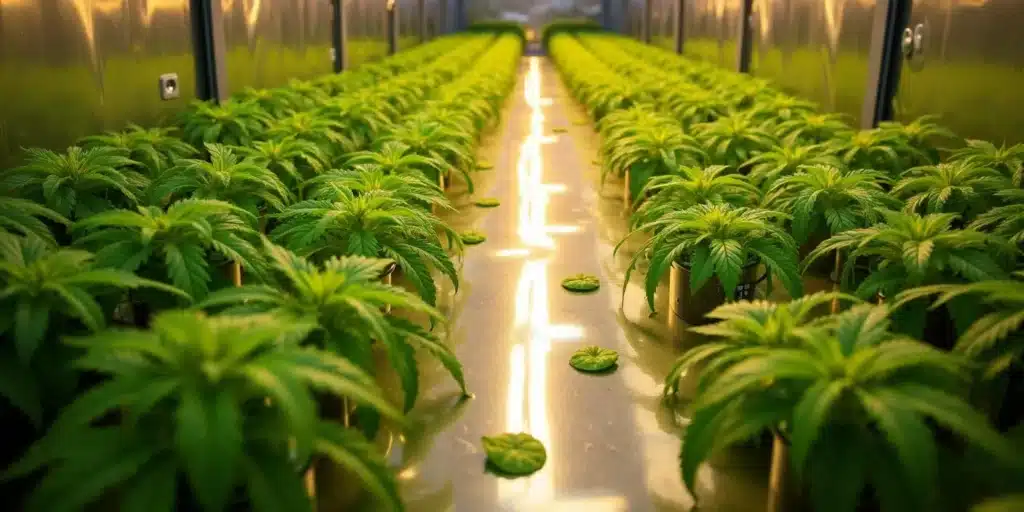
How much difference does reflective material make in a grow room?
Reflective material can make a considerable difference in a grow room. It can increase the amount of light your plants receive by up to 30%, depending on the material’s reflectivity. This increased light exposure can boost plant growth and yield, making reflective material a worthwhile investment for any indoor gardener.
Moreover, reflective materials can also help distribute heat evenly across the grow room, preventing hot spots that could potentially harm your plants. This makes it easier to maintain a consistent temperature in your grow room, which can further enhance plant growth.
The difference that reflective material makes in a grow room can vary depending on the specific material used and how it’s installed. For example, high-quality reflective materials for indoor gardening, like Mylar or Foylon, can make a significant difference due to their high reflectivity and heat resistance. However, less reflective materials or materials that are installed improperly may not make as much of a difference.
This is why it’s important to do your research and choose the best reflective material for grow room based on your specific needs and circumstances. It’s also crucial to install the material properly to ensure maximum efficiency and effectiveness.
What is the best way to install reflective material in a grow room?
The best way to install reflective material in a grow room is to ensure it covers all walls, the ceiling, and even the floor if possible. Avoid creating creases or wrinkles in the material as these can create hot spots. Some growers prefer to use a spray adhesive for installation, while others use staples or tape. The aim is to create a smooth, evenly lit environment for your plants.
It’s also important to replace your reflective material as needed. Over time, dust and moisture can reduce the material’s reflectivity. Regular cleaning can help maintain reflectivity, but if the material becomes too worn or damaged, it may need to be replaced.
It’s also worth noting that the reflective material should be installed in a way that allows for easy cleaning and maintenance. Dust and grime can accumulate on the reflective surface over time, reducing its effectiveness. Therefore, the material should be installed in a way that allows for easy removal and cleaning.
In addition, it may be beneficial to install the reflective material in a way that allows you to adjust or reposition it as needed. This can be particularly useful if you need to change your lighting setup or make other adjustments to your grow room layout.
Are there any downsides to using reflective material in a grow room?
While reflective material offers many benefits, there are a few potential downsides to consider. If not installed correctly, reflective material can create hot spots that could harm your plants. Some materials, like Mylar, can also be quite expensive.
Reflective materials can also increase the intensity of the light in your grow room, which could potentially cause light burn if not managed properly. It’s important to monitor your plants closely when using reflective material and adjust your lighting setup as necessary to prevent damage.
Another potential downside is that reflective material can sometimes be difficult to install, especially in larger grow rooms. It can be time-consuming to cover all surfaces of the room, and it can be tricky to avoid wrinkles and creases that can create hot spots.
However, despite these potential downsides, many growers find that the benefits of using reflective material in a grow room far outweigh the potential drawbacks. With careful installation and regular maintenance, reflective material can significantly improve the efficiency and productivity of your grow room.
Can I use aluminum foil as a reflective material in my grow room?
While aluminum foil is a readily available and cheap reflective material, it’s not recommended for use in a grow room. Aluminum foil only has a reflectivity of about 55% and can create hot spots due to its uneven surface. It also doesn’t handle humidity well and can easily tear, making it a less durable option.
For better results, consider investing in a high-quality reflective material designed specifically for grow rooms. These materials have higher reflectivity rates and are more durable, making them a better choice for indoor gardening.
Using aluminum foil as a reflective material in your grow room is not only less effective, but it can also pose a fire hazard. Highly reflective materials designed specifically for grow rooms are typically flame retardant and are safer to use in a grow room environment. It’s always best to prioritize safety when setting up your grow room.
While it may be tempting to cut costs by using readily available materials like aluminum foil, it’s important to remember that the quality of your reflective material can directly affect your plants’ health and yield. Investing in a high-quality reflective material can ultimately lead to better results and higher profits from your indoor gardening efforts.
Which reflective material is best for a small grow room?
The best reflective material for a small grow room largely depends on your specific needs and budget. Mylar is often considered the best overall choice due to its high reflectivity and durability, but it can be expensive. Panda Film is a more affordable option that still provides good reflectivity and is easy to install.
Ultimately, any high-quality reflective material can improve a small grow room’s efficiency. The key is to pick a material that fits your budget and can withstand the conditions in your grow room, ensuring it will last for several growing cycles.
When selecting the best reflective material for a small grow room, it’s also worth considering the room’s layout and the type of plants you are growing. Certain materials may work better in certain configurations or with certain types of plants, so it’s worth doing your research to find the best fit for your specific needs and circumstances.
Finally, while the right reflective material can greatly improve the efficiency of a small grow room, it’s also important to remember that good cultivation practices are just as crucial. Even the best reflective material can’t compensate for poor watering practices, inadequate nutrition, or a lack of proper pest and disease management.


